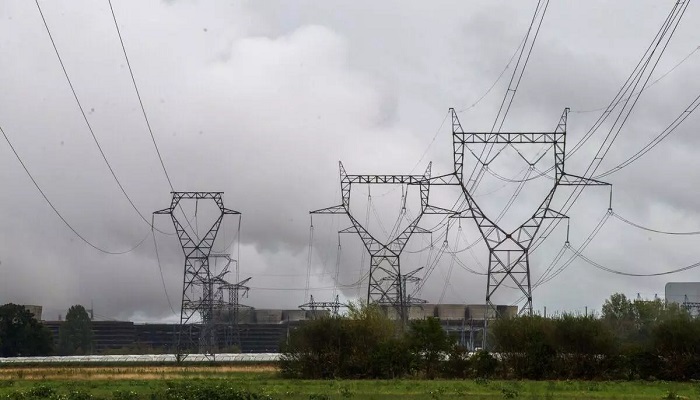Under the framework of the One Sun One World One Grid (OSOWOG) initiative, significant progress is being made by Saudi Arabia, Singapore India, and the UAE to establish a vast grid infrastructure. This infrastructure is designed to facilitate the trading of renewable energy from Southeast Asia to Europe through the Middle East.
India recently entered into a Memorandum of Understanding (MoU) with Saudi Arabia, which includes provisions for grid interconnection. This interconnection will enable both countries to exchange electricity based on their needs and expand their access to the Middle East and European grids.
This grid interconnection, a key component of the OSOWOG initiative, will offer substantial benefits to all participating countries by granting them access to renewable energy sources at the most economical rates.
Similar agreements are also being explored with the UAE, which is already connected to the Middle East grid. India aims to establish interconnections between the Middle East grid and the European grid through this partnership. Furthermore, India has initiated discussions with Singapore regarding the possibility of an undersea cable connection to Singapore and, subsequently, to the ASEAN grid.
In terms of the project’s feasibility, various industries and developers have shown interest, and financing is not expected to be a significant challenge. The critical factor is ensuring sufficient traffic between regions to make the transmission cost per unit affordable. Feasibility studies are underway, and it is anticipated that the traffic volume will be substantial and make the project economically viable.
The OSOWOG initiative is expected to revolutionize power trading dynamics in Asia by reducing the reliance on costly battery storage. The interconnected grid will allow countries to leverage the time differences in sunlight, eliminating the need for extensive energy storage solutions.
Singapore, with limited land availability for solar parks, has set an ambitious target to import up to 4 gigawatts of low-carbon electricity by 2035. In June 2022, Singapore achieved a historic milestone by importing 100 megawatts of hydropower from Lao PDR via Thailand and Malaysia through existing interconnectors as part of the Lao PDR-Thailand-Malaysia-Singapore Power Integration Project (LTMS-PIP). This marked the first renewable energy import into Singapore through a multilateral cross-border electricity trade involving four ASEAN countries.





































